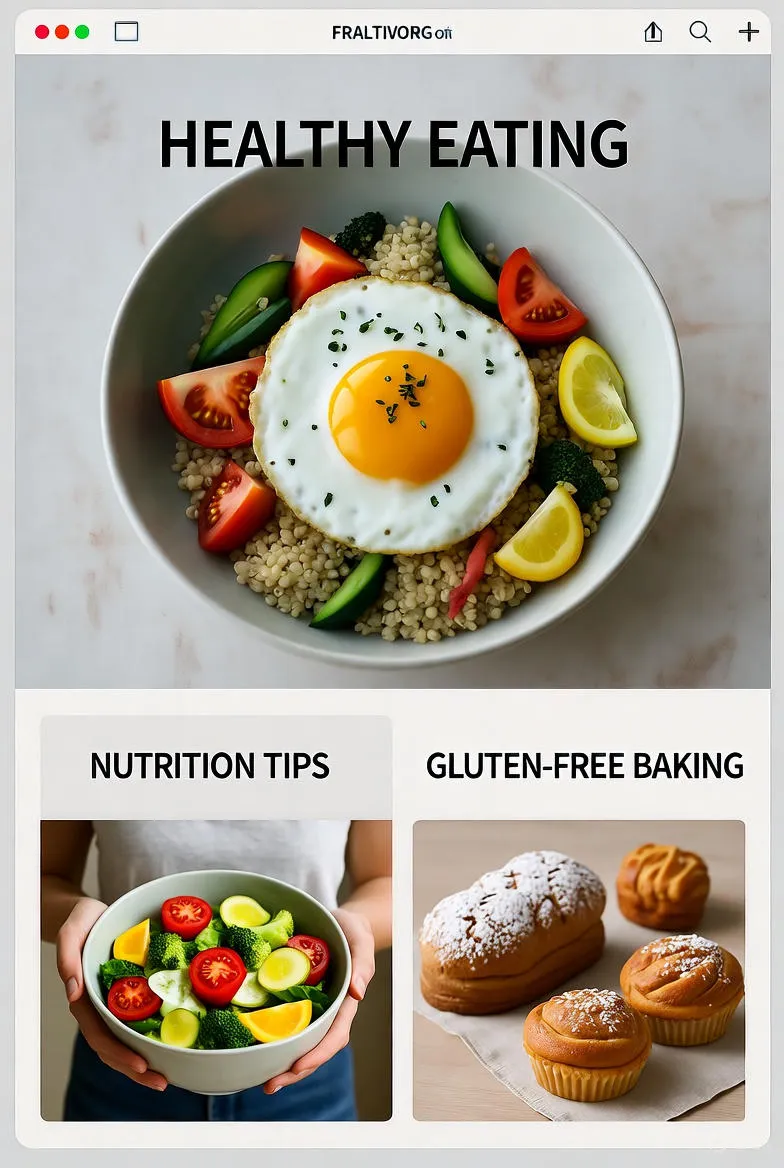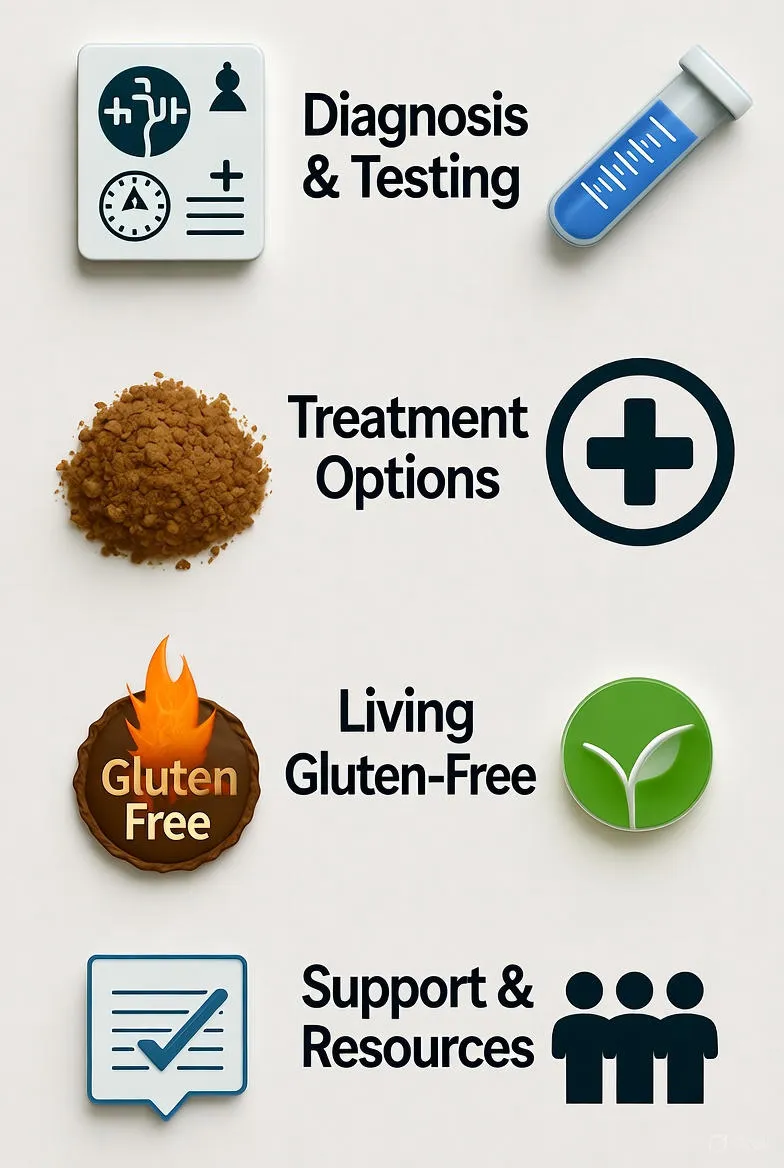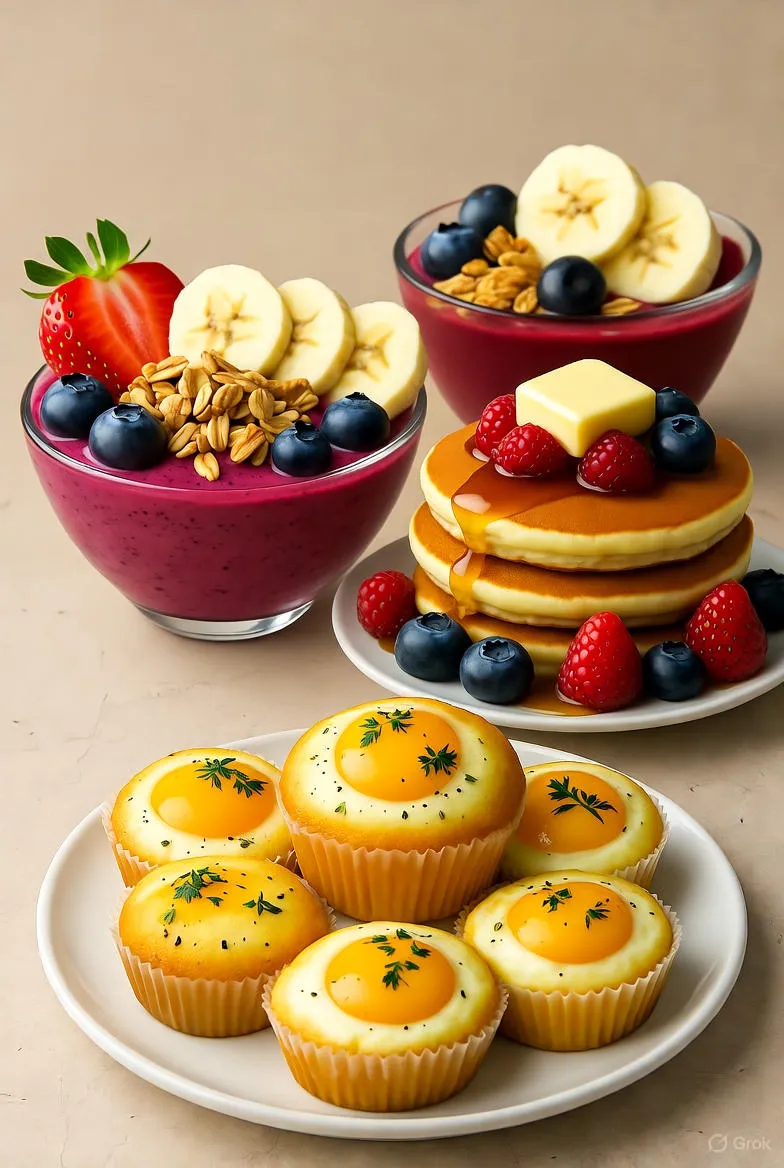Ultimate Guide to Starting a Gluten-Free Diet: Tips, Recipes, and Benefits
Discover how to start a gluten-free diet with our comprehensive guide. Learn essential tips, meal plans, recipes, and benefits for beginners managing celiac or sensitivity.

Understanding the Basics of a Gluten-Free Diet
Embarking on a gluten-free journey can feel overwhelming at first, but with the right knowledge and preparation, it becomes a seamless part of your lifestyle. Gluten is a protein found in wheat, barley, rye, and sometimes oats due to cross-contamination. For those with celiac disease, non-celiac gluten sensitivity, or wheat allergies, avoiding gluten is essential for health. Even if you're adopting this diet for general wellness, understanding its foundations sets you up for success.
A gluten-free diet eliminates these grains but opens the door to a world of nutrient-dense alternatives like quinoa, rice, buckwheat, and certified gluten-free oats. The key is not just substitution but embracing whole foods that nourish your body. This guide will walk you through every step, from diagnosis to daily meal ideas, ensuring you thrive on this path.
Why Choose a Gluten-Free Diet?
The motivations vary widely. For the estimated 1 in 100 people worldwide with celiac disease, an autoimmune disorder triggered by gluten, adherence is non-negotiable to prevent intestinal damage and long-term complications like nutrient malabsorption or osteoporosis. Symptoms can include bloating, fatigue, joint pain, and skin rashes, which often resolve within weeks of going gluten-free.
Beyond medical necessity, many report improved digestion, clearer skin, and sustained energy levels. Athletes sometimes turn to it for reduced inflammation, while others seek weight management benefits—though it's not a magic bullet for shedding pounds without balanced calories. Research from the Celiac Disease Foundation highlights that proper gluten-free living can enhance overall quality of life, reducing risks of associated conditions like anemia or infertility.
Assessing If It's Right for You
Before diving in, consult a healthcare professional. Blood tests for celiac or sensitivity can confirm needs, preventing unnecessary restrictions that might lead to nutritional gaps. A registered dietitian specializing in gluten-free nutrition can tailor advice to your lifestyle, ensuring you meet daily requirements for fiber, B vitamins, and iron often found in gluten-containing grains.
Getting Started: Practical Steps
Transitioning smoothly requires strategy. Start by auditing your pantry—toss or donate items with wheat derivatives like malt or durum. Replace with gluten-free staples: almond flour for baking, tamari instead of soy sauce, and corn tortillas over flour ones.
Mastering Label Reading
Labels are your best friend. Look for 'gluten-free' certification from organizations like the Gluten-Free Certification Organization (GFCO), which verifies less than 10 parts per million of gluten. Beware of hidden sources: hydrolyzed plant proteins, malt flavoring, or shared equipment warnings. Apps like Fig or ScanAvert can scan barcodes for quick checks, saving time at the grocery store.
- Common Hidden Gluten: Soups (thickened with barley), candies (from barley malt), processed meats (as binders).
- Safe Bets: Fresh fruits, vegetables, meats, dairy, eggs, and legumes.
Stocking Your Gluten-Free Kitchen
Build a versatile pantry. Grains: brown rice, millet, sorghum. Flours: coconut, chickpea, rice blends for baking. Condiments: gluten-free vinegars, mustards. Snacks: rice cakes, popcorn, nut butters. Invest in separate toasters or color-coded utensils to avoid cross-contamination, especially crucial for celiacs where even traces can cause issues.
Meal prep is a game-changer. Batch-cook quinoa salads or freeze gluten-free muffins to combat the 'what's for dinner?' dilemma. Online communities like Gluten-Free on a Shoestring offer budget-friendly hacks, proving this diet doesn't have to break the bank.
Meal Planning and Sample Weekly Menu
Planning prevents pitfalls. Aim for balanced plates: half veggies, quarter protein, quarter gluten-free grains. Hydration and probiotics support gut healing post-gluten exposure.
A Beginner-Friendly 7-Day Menu
- Monday Breakfast: Smoothie with spinach, banana, almond milk, and chia seeds.
- Lunch: Turkey lettuce wraps with avocado and tomato.
- Dinner: Grilled salmon with quinoa and steamed broccoli.
Continue this pattern: Tuesday features overnight oats (gluten-free) with berries; Wednesday, a chickpea salad; Thursday, stir-fried tofu with rice noodles; Friday, baked chicken with sweet potato fries; Saturday, veggie omelet and fruit salad; Sunday, lentil soup with cornbread (gluten-free mix).
Portion control and variety keep it exciting. Track how you feel in a journal—energy spikes or bloat reductions motivate adherence.
Delicious Gluten-Free Recipes to Try
Good news: gluten-free doesn't mean bland. These simple recipes use accessible ingredients.
One-Pan Chicken and Veggie Bake
Prep time: 10 mins | Cook time: 30 mins | Serves: 4
- Ingredients: 4 chicken thighs, 2 cups chopped zucchini, 1 bell pepper sliced, 1 onion quartered, 2 tbsp olive oil, salt, pepper, herbs.
Preheat oven to 400°F. Toss veggies and chicken in oil and seasonings on a sheet pan. Bake until chicken reaches 165°F. Simple, flavorful, and cleanup-free.
Chocolate Banana Muffins
Gluten-free delight for sweet cravings.
- Ingredients: 3 ripe bananas mashed, 1/3 cup coconut oil, 2 eggs, 1 tsp vanilla, 1.5 cups almond flour, 1/4 cup cocoa, 1 tsp baking soda, pinch salt.
Mix wet and dry separately, combine, bake at 350°F for 20 mins in lined muffin tins. Yields 12—perfect for grab-and-go snacks.
Creamy Coconut Curry
A warming, plant-based option.
- Ingredients: 1 can coconut milk, 2 cups cauliflower florets, 1 cup spinach, 1 onion diced, 2 garlic cloves minced, curry powder, ginger, lime.
Sauté onion and garlic, add curry and coconut milk, simmer veggies until tender. Serve over basmati rice. Exotic yet easy.
Experiment with herbs like rosemary or spices like cumin to personalize. Websites like Minimalist Baker provide endless inspiration with step-by-step photos.
Navigating Challenges and Common Mistakes
Dining out? Research menus—chains like Chipotle or PF Chang's flag gluten-free options. Ask about preparation to dodge cross-contamination. At parties, bring your dish; it's a conversation starter.
Mistakes to avoid: over-relying on processed gluten-free junk food, which can be high in sugar and low in nutrients. Instead, prioritize whole foods. Nutrient watch: boost calcium with leafy greens, folate with lentils. Supplements like gluten-free multivitamins bridge gaps if needed.
Socially, explain your choice kindly—most understand once informed. Travel tip: pack shelf-stable snacks like jerky or bars.
The Long-Term Benefits and Maintenance
After 3-6 months, many notice profound shifts: sharper focus, better sleep, glowing skin. Studies in the Journal of Human Nutrition and Dietetics show improved quality of life scores among adherents. Weight stabilization comes from mindful eating, not deprivation.
Maintenance involves periodic check-ins with your doctor for antibody tests. Join support groups via Beyond Celiac for shared stories. Remember, slips happen—treat them as learning, not failure. Hydrate, exercise, and listen to your body.
Sustainable Habits for Life
Incorporate mindfulness: savor meals, perhaps with gratitude journaling. Grow herbs or shop farmers' markets for fresh, uncontaminated produce. Over time, gluten-free becomes intuitive, freeing energy for joys beyond food worries.
This diet isn't just restriction; it's reclamation—of health, vitality, and culinary creativity. You've got this—one mindful bite at a time.
(Word count: 1247)


